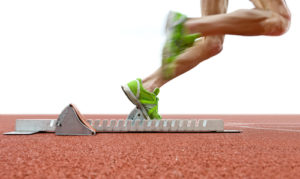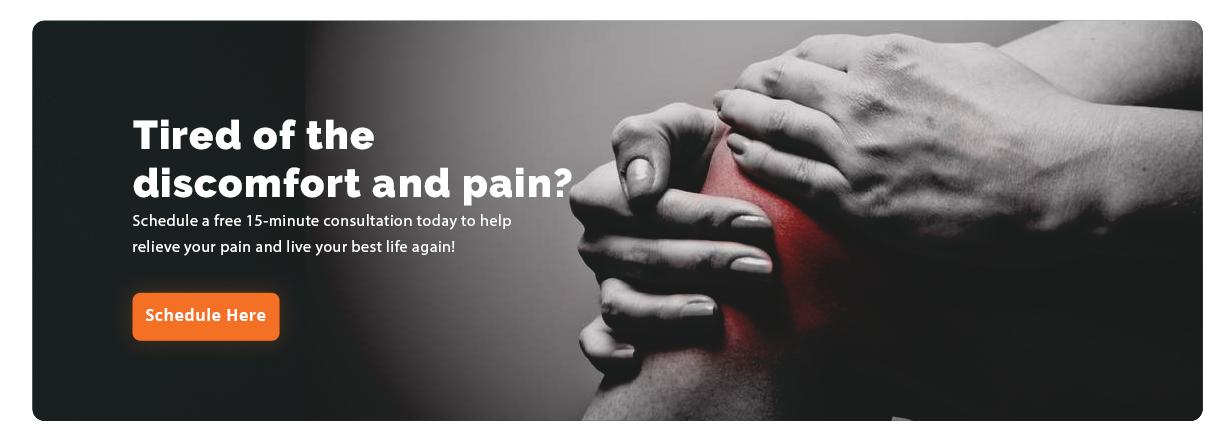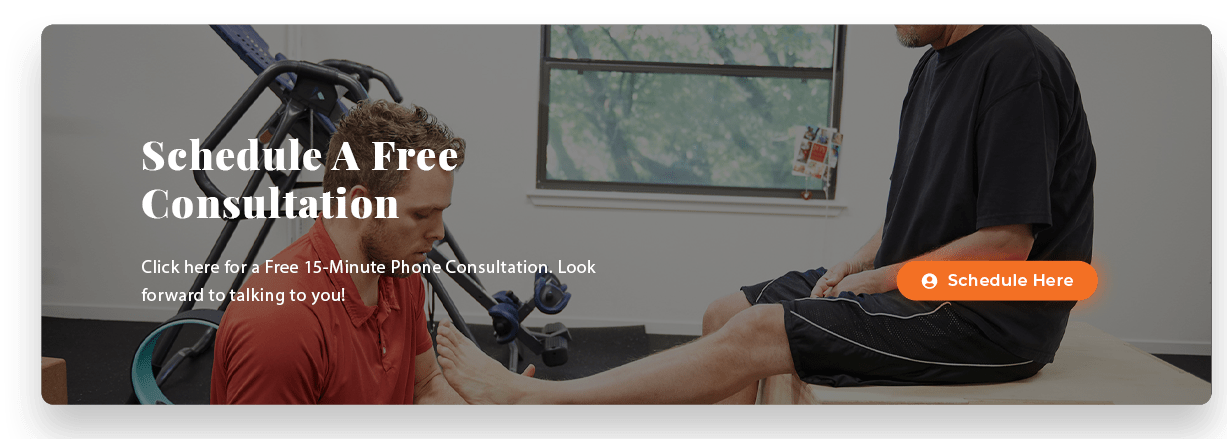“For the most part, if you’re willing to work hard enough, you can recover from most injuries. Having that mentality really helps you keep moving forward.” Mike Schultz
The Paralympian athlete is absolutely on point when he speaks about having the right mentality when overcoming an injury due to sports. That’s the first step to optimizing an athlete’s performance. There are several other psychological, emotional and physical practices that most athletes will perform to do to get the very most out of their performances. We at Pain and Performance Solutions want to show you how Active Release Technique can help optimize an athlete’s performance.
Let’s Discuss Active Release Technique (ART) First…
 We want to get to how Active Release Technique (ART) can help optimize an athlete’s performance, but to do that let us explain a little bit about how ART came to be. Dr. P. Michael Leahy started Active Release Technique® over 30 years ago. ART® began when Dr. Leahy was working with elite athletes as a way to treat soft tissue disorders, so those athletes could return to optimal performance as fast as possible. ART is used to treat symptoms in your muscles, tendons, ligaments, fascia and nerves. Through a combination of pressure and tension by the practitioner and movement (usually active) on the part of the client, these collagen fibers and scar tissue are broken up. This restores normal range of motion and blood flow while restoring pain free movement, endurance, and strength.
We want to get to how Active Release Technique (ART) can help optimize an athlete’s performance, but to do that let us explain a little bit about how ART came to be. Dr. P. Michael Leahy started Active Release Technique® over 30 years ago. ART® began when Dr. Leahy was working with elite athletes as a way to treat soft tissue disorders, so those athletes could return to optimal performance as fast as possible. ART is used to treat symptoms in your muscles, tendons, ligaments, fascia and nerves. Through a combination of pressure and tension by the practitioner and movement (usually active) on the part of the client, these collagen fibers and scar tissue are broken up. This restores normal range of motion and blood flow while restoring pain free movement, endurance, and strength.
Active Release Technique can help an Athlete’s Performance!
Some ways of how Active Release Technique can help optimize an athlete’s performance is through Active Patient Movement, active patient motion, specific contact method and internal gliding of tissues. These ways to reconnect the correct motion between your body’s fascial structures while reducing fibrous adhesions are healthy and natural. It also re-establishes neutral and myofascial glide between the tissues. In simpler terms, the tissue is placed in a shortened position. Then, contact is forced while we study the tension of the tissue instead of the compression. The tissue is placed in motion to lengthen it while the lesion is gently touched, held and allowed to release. This is repeated several times to release the tissue while stretching the adhesion and returning quality blood flow so that your body can improve and move without pain.
Controlling and Maintaining
How Active Release Technique can help optimize an athlete’s is so important when an athlete incorporates it into their training. When ART is added to a specific training practice, athletes are able to control and maintain the physical toll on their bodies. While maintaining and controlling the wear and tear on their bodies, this will allow an athlete to perform at the level they desire for a longer period. It will also allow an athlete to participate in other training programs such as strength training and stretching.
While using ART to optimize an athlete’s performance, the athlete’s body will heal in a more organized way. Adhesions can be routinely treated and prevented before they reach the level where scarring occurs. The overstress of an athlete’s joints, tendons and ligaments will be reduced through our Active Release Technique treatments.
Improving Flexibility with ART
Another way how Active Release Technique can optimize an athlete’s performance is by increasing their flexibility. Athlete’s will always push harder during strength conditioning and stretching. The ART treatments will help improve the glide between an athlete’s overall muscle structure. Athletes can push further with strength training and stretching. A healthy balance of an athlete’s body mechanism is what ART will aim to achieve. ART will help to increase an added amount of strength, speed and range of motion.
Moving forward with Active Release Technique
The benefits of how Active Release Technique can optimize an athlete’s performance are abundant. The only way to get started is to set up a consultation with us at Pain and Performance Solutions. Every athlete’s body is different, so getting to know you and how active you are, is vital in how we’ll determine the ideal treatment you’ll need. Your body’s health is our biggest goal, and we’ll do everything in our power to help you get the most out of it in the most natural and healthiest of ways. Feel free to contact us with any questions at (707) 636-4404 or book an appointment through our online scheduling page.
Frequently Asked Questions
1. What is Active Release Technique (ART) and how does it work?
Active Release Technique (ART) is a hands-on treatment designed to address soft tissue disorders. It works by applying pressure to specific areas of the muscles, tendons, and ligaments while the athlete performs active movements. This helps break up scar tissue and adhesions, restoring proper movement, blood flow, and strength. ART is particularly useful for athletes dealing with overuse injuries, allowing them to return to optimal performance faster.
2. How does Active Release Technique help optimize an athlete’s performance?
ART helps athletes optimize their performance by improving flexibility, strength, and range of motion. Through targeted tissue manipulation, ART reduces adhesions and scar tissue, allowing the athlete’s body to move more freely. This enhances endurance and strength, reduces the risk of injury, and enables athletes to push harder during strength training and conditioning. According to Dr. P. Michael Leahy, who pioneered ART, it can help athletes achieve faster recovery and better overall physical function.
3. Can Active Release Technique help with sports injury recovery?
Absolutely! ART is a go-to technique for recovering from sports injuries, especially those caused by overuse. It focuses on breaking up the fibrous tissue that forms after an injury, which can restrict movement. By restoring proper tissue function and range of motion, ART helps athletes recover more quickly and return to their sport at peak performance levels. Studies have shown that ART is particularly effective in treating tendonitis, muscle strains, and ligament injuries.
4. What areas of the body does Active Release Technique target?
ART can target a variety of soft tissues, including muscles, tendons, ligaments, fascia, and nerves. It’s particularly beneficial for areas prone to overuse injuries, like the shoulders, hips, knees, and lower back. By focusing on these tissues, ART helps restore proper function and reduce pain, making it easier for athletes to perform at their best.
5. How does Active Release Technique differ from other massage techniques?
Unlike traditional massage techniques that focus on relaxation, ART is a specialized treatment designed to address specific tissue dysfunctions. ART involves active patient movement and the application of precise pressure on targeted tissues, which helps release fibrous adhesions and scar tissue. This method allows for more effective healing, improved range of motion, and reduced recovery time compared to other techniques.
6. How often should an athlete receive Active Release Technique treatments?
The frequency of ART treatments depends on the athlete’s condition and goals. For injury recovery, treatments may be needed multiple times a week initially. For performance optimization and injury prevention, athletes may benefit from ART once a week or as part of their regular training routine. Consultation with an ART-certified practitioner will determine the best treatment plan for each individual.
7. How does ART improve flexibility in athletes?
ART improves flexibility by targeting and releasing adhesions and scar tissue that restrict muscle movement. This helps restore myofascial glide between tissues, allowing muscles to move more freely. As a result, athletes experience increased flexibility, which allows them to push harder during strength training and stretching exercises, ultimately improving their performance.
8. Is Active Release Technique painful?
ART can be slightly uncomfortable, especially when working on areas with significant scar tissue or adhesions. However, the discomfort is usually short-lived and is a sign that the treatment is working to break up tissue restrictions. Many athletes report feeling relief and improved mobility after just a few sessions.
9. Can Active Release Technique prevent sports injuries?
Yes, ART can play a crucial role in injury prevention. By regularly treating and breaking down adhesions before they worsen, ART helps maintain proper tissue function and reduce the risk of injury. Athletes who incorporate ART into their training can experience fewer injuries and improved overall performance.
10. How do I get started with Active Release Technique?
To get started with ART, schedule a consultation with a certified practitioner, like those at Pain and Performance Solutions. During the consultation, they’ll assess your body, injury history, and goals to create a tailored treatment plan. Each athlete’s body is unique, so understanding your specific needs is key to maximizing the benefits of ART.


